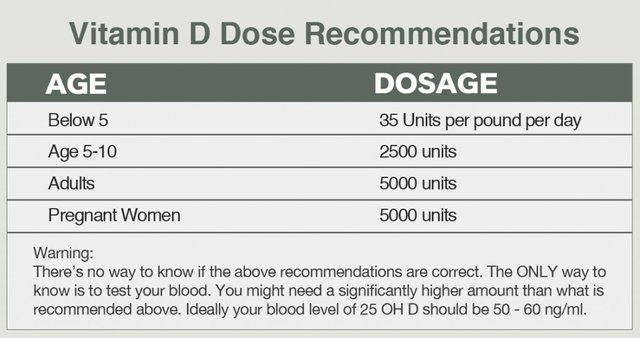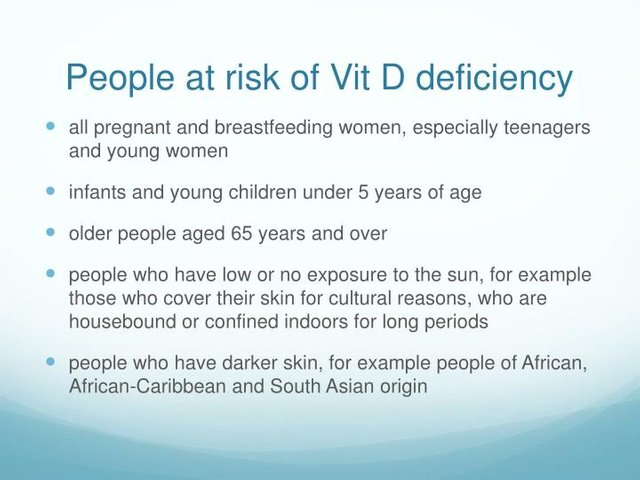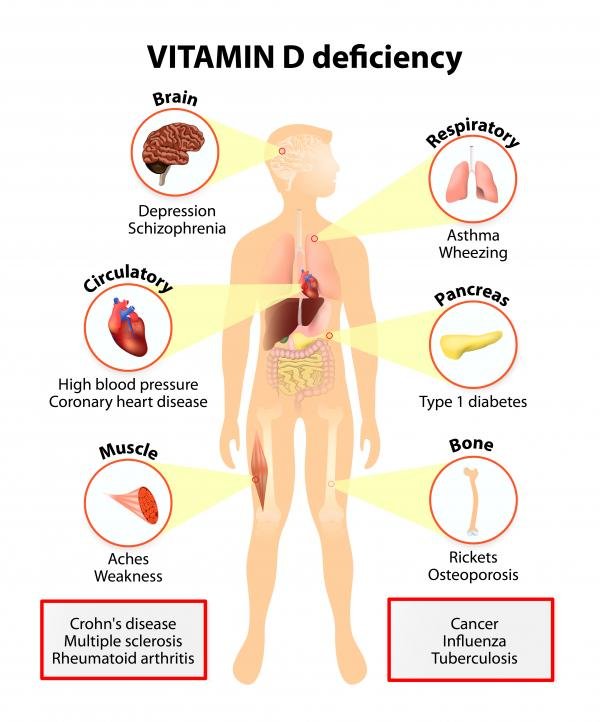Ways Children Can Get Vitamin D
Parents and caregivers should be aware of the three ways children can get the vitamin D they need, according to a new resource published in the medical journal JAMA Pediatrics. Although many people know calcium and vitamin D are vital for building healthy bones, not everyone knows calcium can only be absorbed when vitamin D is present.
"Vitamin D is sometimes misunderstood and underappreciated, especially when it works as a silent partner with calcium", said Dr. Megan Moreno of the University of Wisconsin School of Medicine and Public Health in Madison, who wrote the one-page primer intended for parents and caregivers.
Current guidelines recommend that infants under 12 months get 400 international units of vitamin D daily from all sources and that children and adolescents get 600 IU daily. For infants who are fully or partially breastfed, daily vitamin D supplementation is recommended until the child is weaned and drinking fortified milk.

"Summer is coming up, and there will be many opportunities for kids to be out in the sun, eat more meals at home and be around their parents more", Moreno said. "This is an opportune time for parents to reflect on the way to get vitamin D".
Foods rich in vitamin D, such as salmon or tuna, could be cooked on the grill alongside summer vegetables. Other fatty fish, fortified milk and yogurt, fortified cereals and eggs also have good amounts of vitamin D.
"Multivitamins may not be necessary if children eat a varied diet", Moreno said. "Sun is also an important way to get vitamin D, though sun protection is also important".
When exposed to direct sunlight, the skin manufactures a version of vitamin D that will end up in an active form circulating in the bloodstream. The amount produced depends on the time of day, season, latitude, how much skin is exposed and an individual's skin pigmentation. In some locations, vitamin D production may decrease or be absent during the winter months.

Sun protection is essential to protect a child's skin from sunburn and skin cancer risk, though sunscreen can decrease vitamin D creation. Most children receive enough sun exposure in their day-to-day lives, even with sun protection, to be sufficient.
A third option for getting vitamin D is taking a supplement. Although daily multivitamins aren't recommended as necessary for children, supplementing with vitamin D could help those who don't get it through food or sun exposure. These supplements are often available as liquids, chewables or pills, and some have both calcium and vitamin D.
Recent studies of vitamin D have shown its life-long health benefits, especially for the immune system. Researchers are now studying the role vitamin D may play in autoimmune diseases, including type 1 diabetes in children and adolescents.
Lower levels of vitamin D in kids could be a factor in diabetes, for instance, said Dr. Majid Aminzadeh of Ahvaz Jundishapur University of Medical Sciences in Iran.
"Besides its role in calcium homeostasis, vitamin D has an important immune-modulation effect", said Aminzadeh, a pediatric endocrinologist who recently published a study of vitamin D status in diabetic children. "However, its role in autoimmune diseases such as type 1 diabetes is under discussion.

Vitamin D deficiency can also lead to weak or soft bones in children. It can lead to a rare but serious condition called rickets, which causes children's legs to appear bowlegged.
Parents who aren't sure whether their children receive enough vitamin D should talk to their pediatricians. Vitamin D has become a more common, big picture topic that we discuss in clinical situations. Advice can get murky, so it's important for everyone to know the recommendations.
*Contributions by reuters.
